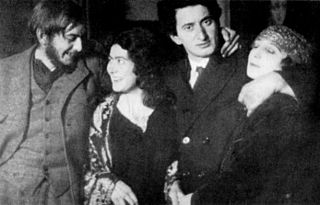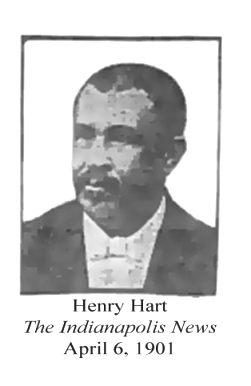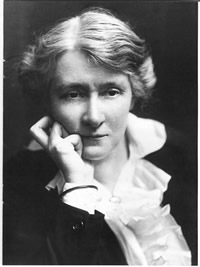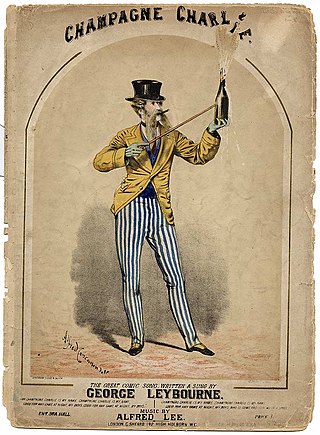
Ipswich is a coastal town in Essex County, Massachusetts, United States. The population was 13,785 at the 2020 census. Home to Willowdale State Forest and Sandy Point State Reservation, Ipswich includes the southern part of Plum Island. A residential community with a vibrant tourism industry, the town is famous for its clams, celebrated annually at the Ipswich Chowderfest, and for Crane Beach, a barrier beach near the Crane estate. Ipswich was incorporated as a town in 1634.

Rockport is a seaside town in Essex County, Massachusetts, United States. The population was 6,992 in 2020. Rockport is located approximately 40 miles (64 km) northeast of Boston, at the tip of the Cape Ann peninsula. Rockport borders Gloucester to its west, and is surrounded by the Atlantic Ocean in all other directions.
Heinke was a series of companies that made diving equipment in London, run by members of a Heinke family.

Cover art is a type of artwork presented as an illustration or photograph on the outside of a published product, such as a book, magazine, newspaper (tabloid), comic book, video game, music album, CD, videotape, DVD, or podcast. Cover art can include various things such as logos, symbols, images, colors, or anything that represents what is being sold or advertised. The art has a commercial function, but can also have an aesthetic function, and may be artistically connected to the product.

Jacob Kramer was a Russian-born painter who spent all of his working life in England.

Mary Ann Cotton was an English convicted murderer who was executed for poisoning her stepson. Despite her sole conviction for murder, she is believed to have been a serial killer who killed many others including 11 of her 13 children and three of her four husbands for their life insurance policies. Her preferred method of killing was poisoning with arsenic.

Henry Hart (1839–1915) was an American composer, singer, and violinist. He led the Henry Hart Minstrels, was proclaimed a "social necessity" in Indianapolis, Indiana, and was the leader of a family musical group that Emma Lou Thornbrough called "the best-known group of colored entertainers in the state."
Frank Paton was an English artist of the Victorian and Edwardian eras, best known for his paintings of animals and scenes of rural life. He was a successful artist during his lifetime and could even count Queen Victoria as an admirer of his work. His most famous compositions, "Fairest of Them All" and "Puss in Boots" (1880), still sell as collectibles today in various forms, including canvas, posters and plates. His series of printed Christmas cards published between 1880 and 1909 have also become collectibles.

Edith Ailsa Geraldine Craig, known as Edy Craig, was a prolific theatre director, producer, costume designer and early pioneer of the women's suffrage movement in England. She was the daughter of actress Ellen Terry and the progressive English architect-designer Edward William Godwin, and the sister of theatre practitioner Edward Gordon Craig.
The Hawaiian News Company was a printer, publisher and bookbinder in Hawaii. It had offices in Honolulu in the Young Building on Bishop Street, and on Merchant Street. It was the only representative in Hawaii of the American Type Founders Company. The company provided services, such as book binding, and sold products, such as printing devices. It carried paper stock for billheads, noteheads, commercial bond, news, cover, book, cardboard, as well as envelopes, society stationery and cards. New books arrived by steamer. The magazine and general news department carried a variety of titles, with subscriptions available for magazines published in the United States, Canada or Europe. In addition, the company sold musical instruments, sheet music, and records.

Alfred Concanen was, for over twenty-five years, one of the leading lithographers of the Victorian era, best remembered for his illustrated sheet music covers for songs made popular by famous music hall performers of the time. These covers usually featured portraits of the performers or humorous scenes from their songs. Sacheverell Sitwell said of him, "The most painstaking of the Pre-Raphaelites must fail beside Concanen!"
Sylvia Clevenger was an American prostitute who worked with madam Pearl Elliott and was a minor associate of the John Dillinger gang. Her brother William was the former husband of Elliott. She was married three times, reverting to her maiden name of Hughes after her divorce from her second husband, John Clevenger, in 1930. She lived for much of her life in Kokomo, Indiana, and died in 1951 in Michigan City, Indiana.
William Chappell was a British dancer, ballet designer and director. He is most noted for his designs for more than 40 ballets or revues, including many of the early works of Sir Frederick Ashton and Dame Ninette de Valois.
Henry Congreve Evans was a journalist, editor and newspaper proprietor of South Australia.

"There's a Service Flag Flying at Our House" is a World War I era song released in 1917. The lyrics were written by Thomas Hoier and Bernie Grossman. Al W. Brown composed the music. It was published by Joe Morris Music Co. of New York, New York. The Starmer Brothers designed the art on the sheet music, on the cover of which are soldiers marching down a street. Crowds of people cheer them on and service flags wave above them.

"Say a Prayer for the Boys "Out There"" is a World War I era song released in 1917. Bernie Grossman wrote the lyrics. Alex Marr composed the music. It was published by Joe Morris Music, Co. of New York, New York. The sheet music cover was designed by the Starmer Brothers. It features a family praying at the dinner table. Behind them is a sentry guarding a campground of tents. There is an inset photo on the left side that varies per edition. The song was written for both voice and piano.
Starmer is a surname. It is an English habitational surname, derived from Starmore in Leicestershire. Alternatively, it can also be derived from "Stermore near Stowe", which used to exist in Staffordshire. Variants of the surname include Starmore, Starsmore, Starsmoor, and Starsmeare.

Thomas Frederick Worrall (1872–1957) was a Staffordshire-born manual worker and watercolourist. He lived for a time in Lancashire and in the upper Calder Valley area of Yorkshire but spent most of his adult life in Barry, in South Wales, where he was also deeply involved in politics and stood for parliament in the general election of 1923 representing the Labour Party. He was the elder brother of the pottery and fabric designer William Worrall.

Thomas Holroyd was an English portrait and landscape painter working in Harrogate, North Riding of Yorkshire, England. Before his marriage he undertook painting tours to the United States, Canada, Europe, Egypt, Russia and the Holy Land. Returning to Harrogate, he painted portraits of the local worthies there. He shared responsibility for the successful photography business T & J Holroyd with his brother James, and continued to run the business after his brother died. Holroyd was a founding member of Harrogate Liberal Club.













